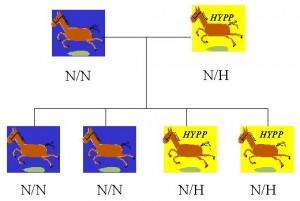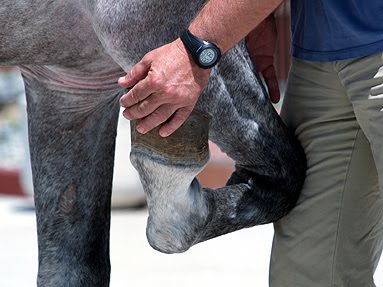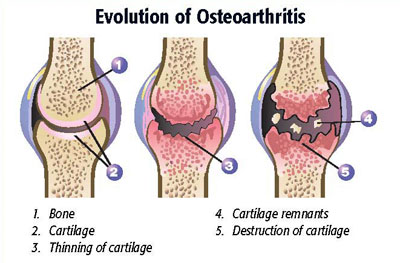
When a normal horse (N/N) is bred to a horse with mixed genes (heterozygous - N/H), on average, 50% of their offspring will have HYPP
I get periodic questions about a condition that affects primarily Quarterhorses, but also Paint horses and Appaloosas. The condition is called Hyperkalaemic periodic paralysis (or HYPP, mercifully). It’s one of several diseases of horses that has a genetic basis; in this case, it occurs in horses bloodlines that can be traced back to the famous Quarterhorse sire, “Impressive,” who was the 1974 World Champion Open Aged halter stallion, who sired almost 30 Word Champions. Unfortunately, he also carried the genes for the disease that became known as HYPP.
HYPP results from an abnormality in the membranes of muscle cells. Muscles work due to electrical impulses, which come from a precisely maintained chemical balance of electrolytes (mostly the body salts sodium and postassium). The cell membrane abnormality results in a change in the chemical balance; this causes abnormal muscle excitability.
Signs of HYPP in affected horses include episodes of intermittent weakness, muscle tremors, sweating, or shivering in less severely affected cases. More severely affected horses may have respiratory distress (which occurs because of muscle spasm of upper airway muscles), inability to get up, or even acute death. These typical clinical signs are accompanied by rises in blood potassium levels during episodes (blood potassium is normal when the horses are at rest).
The severity of episode dictates the treatment required. Mildly affected horses may respond to light exercise, however, collapse is a potential risk in such horses. Feeding a readily absorbed carbohydrate, such as a sugar syrup, causes insulin levels in the blood to rise; insulin then causes potassium to be taken into the cells. In severe episodes, intravenous medications are required, mostly sugar solutions with sodium bicarbonate or calcium gluconate.
Like most diseases, an ounce of prevention is worth a pound of cure. In HYPP horses, diuretics that get rid of potassium, such as acetazolamide, are commonly used in prevention. It’s important to reduce the amount of potassium in the diet of theses horses, as well; dietary management includes oats or timothy hay, instead of alfalfa; feeding salt (NaCl) or grain on a regular basis may also be helpful (grain is relatively low in potassium). Regular exercise may also be of benefit.
Genetic testing can identify if a horse carries the genes for HYPP or not. Several labs, including the University of California at Davis identify the abnormal gene by testing of a mane hair sample (you can learn much more by checking out the information at the UC Davis Veterinary Genetics Laboratory, at http://www.vgl.ucdavis.edu/services/hypp.php).
The condition has been recognized for quite a while now, and, happily, most horses with HYPP can be managed. Beginning with 2007 foals, all foals that can trace their bloodines to “Impressive” required to have their parentage verified and be HYPP tested. Any horses that have the condition are not eligible for registration.
The fly in the ointment is that no one knows if other genetic mutations in other bloodlines also cause HYPP. The current DNA test cannot identify other such mutations. Further scientific research is going to be needed to see if this problem also occurs in other bloodlines.
It’s always something, isn’t it?







